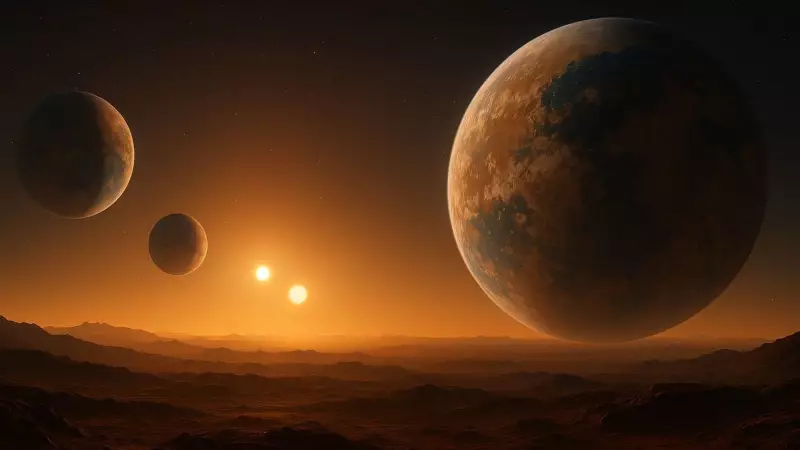
In a discovery straight out of science fiction, astronomers have identified three Earth-sized exoplanets that could experience the spectacular double sunsets famously depicted in Star Wars. These remarkable findings are challenging our understanding of planetary formation and expanding the search for habitable worlds.
A Galactic First: Earth-Sized Worlds in Binary Systems
The newly discovered planetary trio represents a significant breakthrough in exoplanet research. What makes these findings particularly extraordinary is that all three planets orbit within binary star systems – celestial environments where two stars dance around each other while planets circle both.
This configuration means any potential inhabitants on these worlds would witness two suns in their sky, much like the iconic scenes from George Lucas's Star Wars franchise where Luke Skywalker gazes at Tatooine's twin suns.
Scientific Significance Beyond Science Fiction
While the double sunset imagery captures public imagination, the scientific implications are equally profound. The discovery challenges previous assumptions that binary star systems might be too chaotic for Earth-sized planets to form. These findings suggest that such planetary formations might be more common than previously thought.
The research team utilized data from NASA's Transiting Exoplanet Survey Satellite (TESS), combined with ground-based observations, to confirm these extraordinary findings. The planets appear to be rocky worlds similar in size to Earth, though their exact compositions and atmospheric conditions require further study.
Potential for Habitability and Future Research
Early analysis suggests that at least one of these exoplanets orbits within what astronomers call the "habitable zone" – the region around stars where conditions might be right for liquid water to exist. However, scientists caution that the complex gravitational interactions in binary systems create unique challenges for planetary habitability.
Future observations with advanced telescopes, including the James Webb Space Telescope, will help determine whether these worlds possess atmospheres and what gases they contain. This information could reveal whether any of these double-sunset planets might support life as we know it.
This discovery not only brings us closer to finding Earth-like worlds but also demonstrates that the universe continues to surprise us with configurations once considered purely fictional. As one researcher noted, "Sometimes truth really is stranger than science fiction."





